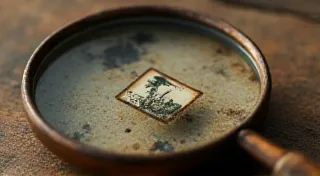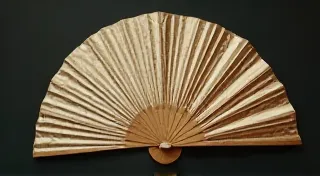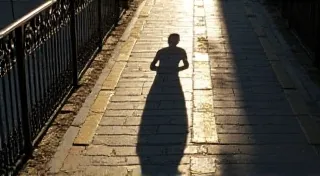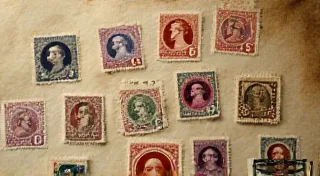Beyond the Silhouette: Considering Cultural Appropriation in Vintage Fashion
There’s a peculiar magic in holding a vintage sewing pattern. The brittle paper, the faded ink, the meticulous hand-drawn details – they whisper stories of a time gone by. I remember the first one I truly cherished: a 1948 dress pattern with a full skirt and sweetheart neckline. Just holding it felt like connecting to a woman who's laughter echoed through decades, who dreamed of style and elegance just as I do. And that’s the initial allure, isn’t it? The romance of recreating a lost era, a chance to wear history.
But the allure isn’t uncomplicated. As our awareness of cultural sensitivity grows, so too must our examination of vintage fashion and the potential for cultural appropriation. Recreating a garment from the past isn't just about fabric and thread; it's about understanding its origins, acknowledging its context, and respecting the cultures it might have borrowed from—sometimes without proper credit or understanding.
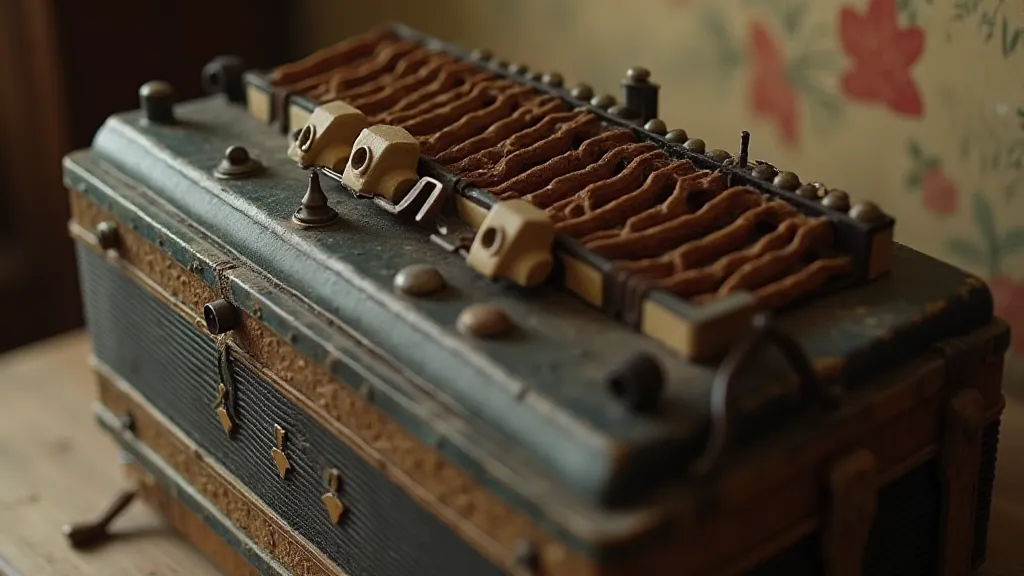
The Historical Tapestry: Borrowing and Appropriation
Fashion has always been a conversation – a constant borrowing and reinterpretation of styles across cultures and time periods. The 1920s, for example, saw a clear influence of Egyptian motifs following the discovery of Tutankhamun’s tomb. Designers like Coco Chanel drew inspiration from Middle Eastern silhouettes and embellishments, creating iconic looks that were simultaneously modern and evocative of a distant land. But the question becomes: was this borrowing respectful homage, or did it erase the cultural significance of those original garments?
Consider the cheongsam, a traditional Chinese dress, which was appropriated and often misrepresented in Western fashion during the early 20th century. What began as a symbol of Chinese identity was often reduced to an exoticized stereotype, stripped of its historical and cultural depth. The way the dress was presented, the associated imagery, and the lack of understanding surrounding its significance contributed to a distorted perception of Chinese culture. Similarly, Native American designs and patterns have frequently been incorporated into fashion without proper acknowledgment or understanding of their sacred meaning.
More Than Just a Pretty Dress: Understanding the Significance
The key lies in understanding that clothing is never just fabric. It’s a powerful form of cultural expression, imbued with history, meaning, and symbolism. Traditional garments often hold deep spiritual or ceremonial significance within their respective cultures. When these elements are removed from their original context and used as mere decorative features, it can be deeply disrespectful and hurtful. For example, a Native American tribal design might be used on a mass-produced t-shirt, completely disregarding the meaning and power associated with it within the tribe. It’s a trivialization of something sacred.
The allure of vintage fashion often leads us to recreate garments that reflect the styles of different eras. However, it’s crucial to approach these recreations with a critical and informed perspective. Simple historical reproduction is one thing; appropriating a style laden with cultural meaning, particularly when it comes from a marginalized community, is quite another.
Craftsmanship and Connection: Appreciating the Human Story
What I love most about vintage sewing patterns isn’t just the style; it’s the sense of human connection they foster. Holding that 1948 dress pattern, I think about the woman who drafted it, the seamstress who likely made it, the wearer who cherished it. These weren’t just garments; they were part of lives, reflecting hopes, dreams, and a connection to community. This awareness extends to appreciating the craftsmanship itself. The patterns weren’t mass-produced, cookie-cutter designs. They were often drafted with care, reflecting a deep understanding of fabric and construction.
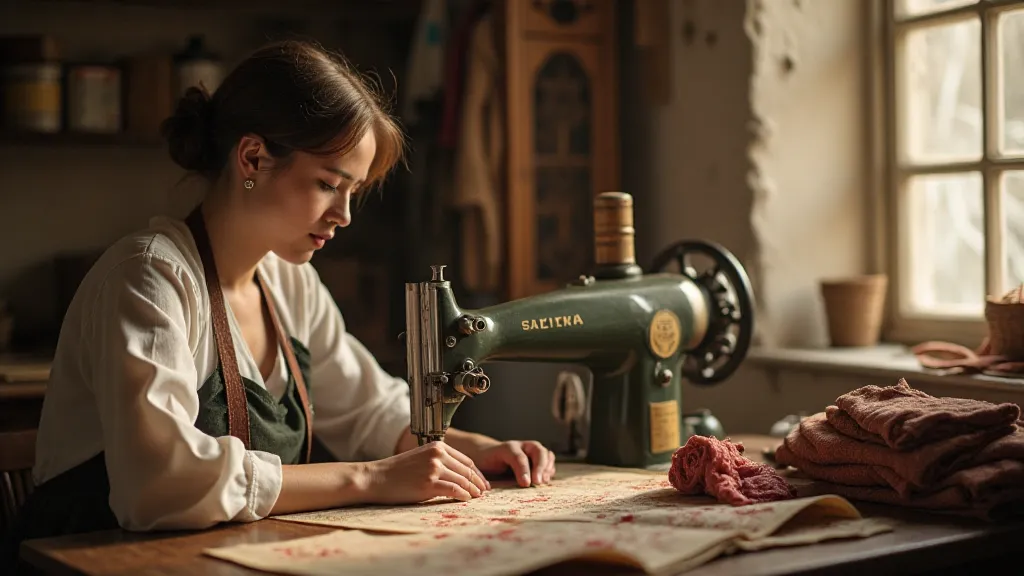
The restoration of a vintage garment or the creation of a reproduction requires more than just sewing skills. It requires an understanding of the materials, the construction techniques, and the cultural context that shaped the original piece. It's about honoring the legacy of the individuals who created these garments and acknowledging the stories they hold.
Navigating the Line: Respectful Recreation and Appreciation
So, how do we reconcile our love for vintage fashion with our commitment to cultural sensitivity? The answer lies in mindful engagement and continuous learning. Here are a few key considerations:
- Research the origins: Before recreating a garment, take the time to learn about its cultural context. Where did the style originate? What was its significance?
- Acknowledge the source: If you’re inspired by a particular cultural style, give credit where credit is due.
- Avoid stereotypes: Be wary of perpetuating harmful stereotypes or reducing cultural styles to mere fashion trends.
- Support Indigenous designers and artisans: If you want to incorporate elements from a particular culture into your wardrobe, consider purchasing directly from Indigenous designers and artisans. This ensures that the creators are properly compensated and that the cultural significance of the designs is respected.
- Educate yourself: Continuously learn about cultural appropriation and its impact. There are countless resources available online and in libraries.
Beyond the Aesthetics: A Deeper Understanding
Ultimately, appreciating vintage fashion is about more than just the aesthetics. It’s about understanding the historical and cultural context that shaped those garments and respecting the communities they originated from. The thrill of recreating a classic dress shouldn't overshadow the responsibility of engaging with fashion in a thoughtful and respectful manner. By embracing this nuanced approach, we can celebrate the beauty of vintage style while honoring the stories and traditions that make it so unique.
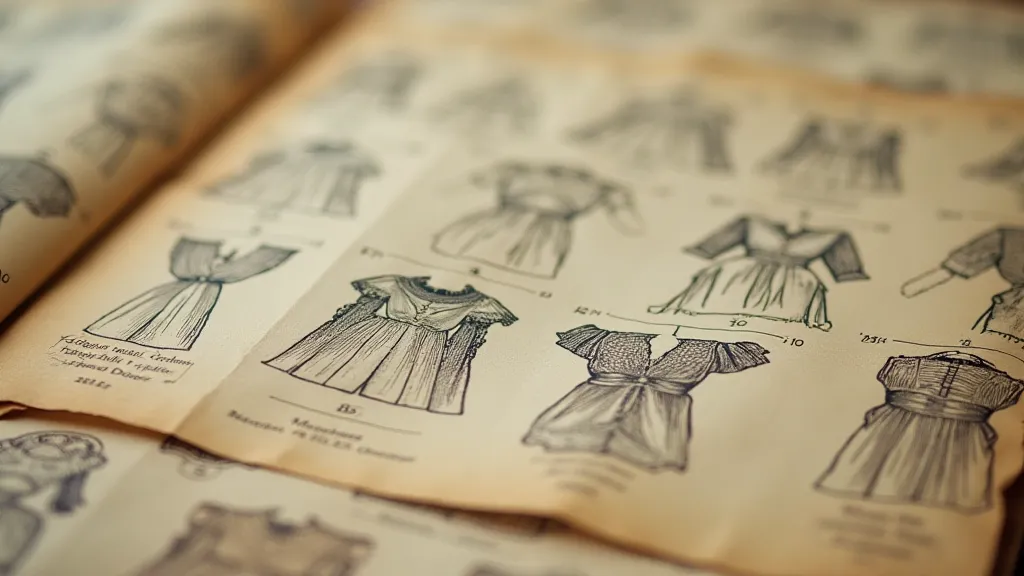
It's a journey of continuous learning, a commitment to empathy, and a celebration of the interconnectedness of cultures through the enduring language of fashion. The next time I pick up a vintage pattern, I hope to do so with a deeper appreciation for its history and a renewed commitment to respecting the stories it holds.
